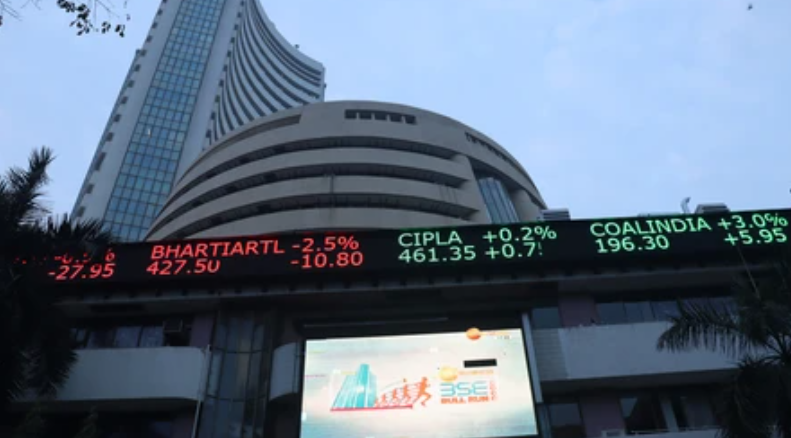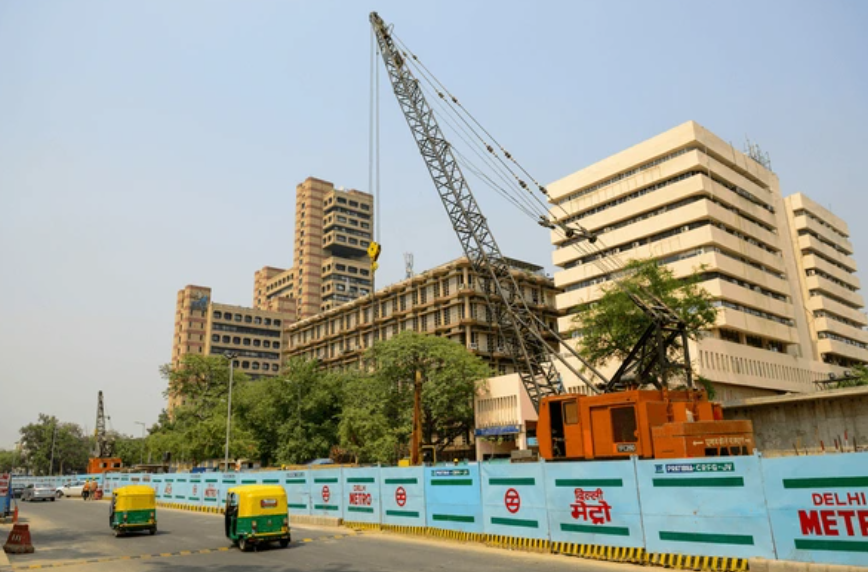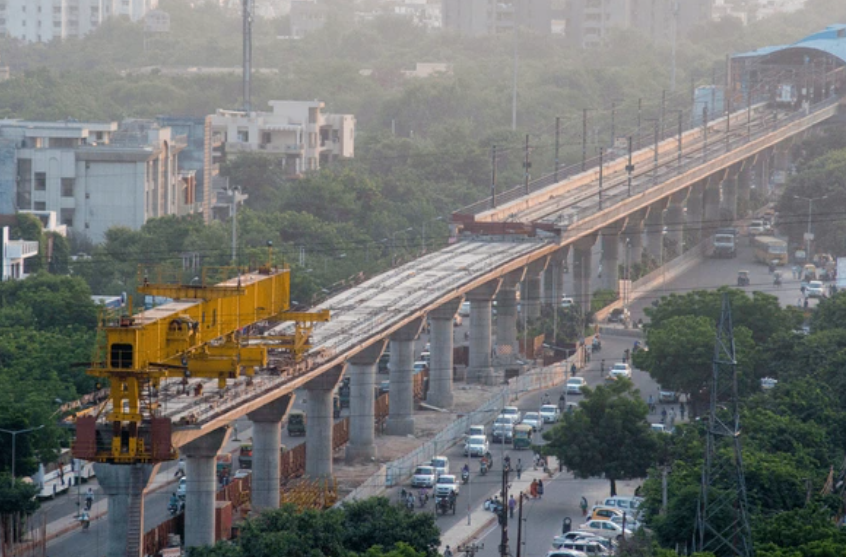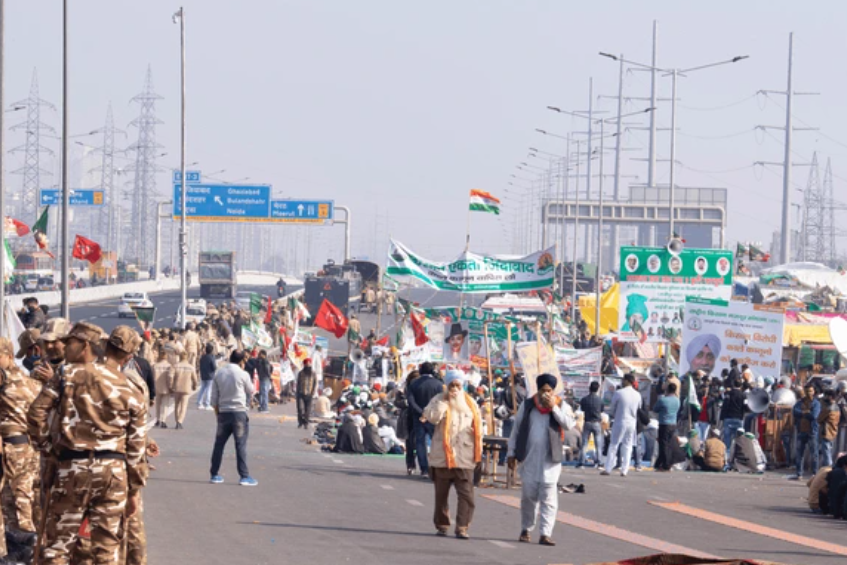India’s Goods and Services Tax (GST), introduced in 2017, is a key revenue stream for the government. Robust collections, like ₹1.82 lakh crore in November 2024, reflect a strong economy and support government spending on development and welfare programs. Achieving collection targets is crucial for driving public growth initiatives.

Why GST Matters?
The Goods and Services Tax( GST) is a civil taxation system introduced in July 2017 under the Modi government. It replaced multiple circular levies with a single frame, aiming to reduce the slinging effect of levies on goods and services.
GST isn’t just a duty; it’s a major player in India’s profitable story. For one, it’s a critical profit sluice for both the central and state governments. In fact, it contributes a significant knob to the government’s overall duty collections. For case, GST profit in November 2024 reached over ₹ 1.82 lakh crore, an 8.5 increase compared to ₹ 1.68 lakh crore in November 2023.
How GST Impacts the Budget?
GST collections reflect the state of the frugality. Advanced collections generally indicate robust business exertion and consumption, while lower collections may gesture a retardation. These trends directly affect how important plutocrat the government has to spend and whether it needs to adopt more or cut charges.
The government sets periodic GST collection targets. Missing these targets puts pressure on finances, while exceeding them allows for further spending on development and weal programs.
States depend heavily on their GST share and, until 2022, compensation from the Centre. Variations in profit can significantly impact state- position systems and weal schemes.
Changes in GST rates or better compliance measures can either ameliorate or hamper collections. For illustration, simplifying rates or encouraging digital invoicing can lead to better compliance and advanced earnings.
Ministry of Finance: SUMMARY OF THE UNION BUDGET 2024-2025

GST’s part in Budget Planning
GST has come a foundation of India’s financial planning. Its performance influences everything from funding government programs to managing the financial deficiency. In short, how well-conditioned GST performs determines how important the government can invest in the nation’s growth.
#Budget2025, #GST, #India, #Budget2025, #TaxationMatters, #GSTHike, #GSTImpact
Also read:
The Darkest Chapter in Aviation 2024
Los Angeles 2025: A City in Flames
Gut Health in India: The Wellness Surge
Top 10 Long-Term Stock Picks for 2025
India’s Tech and AI Revolution: Shaping the Future












